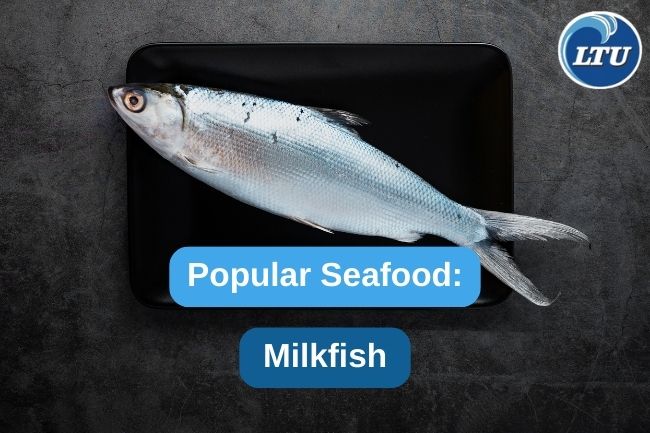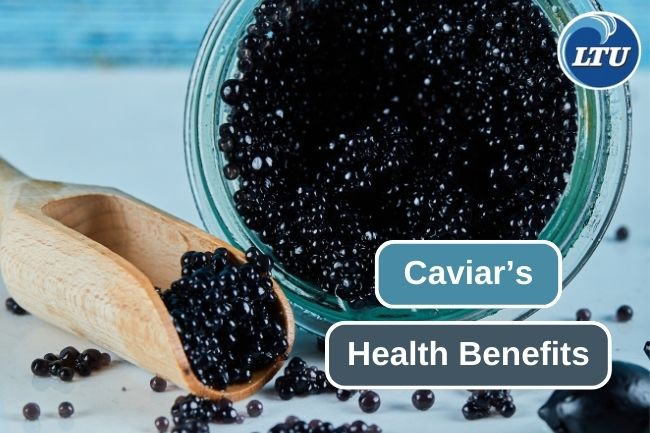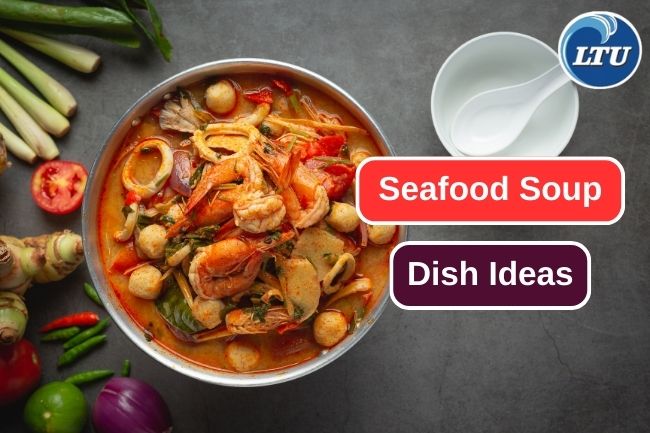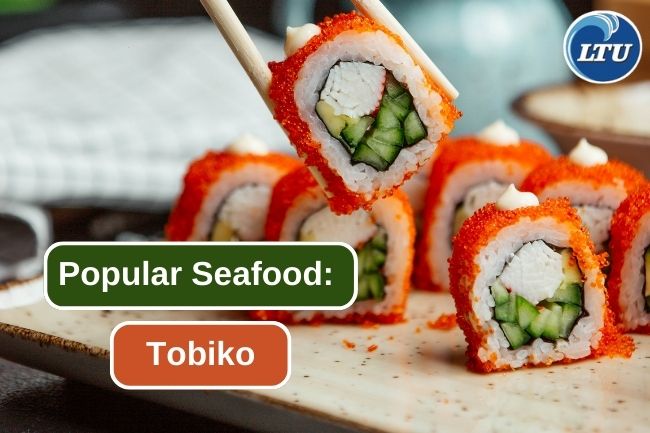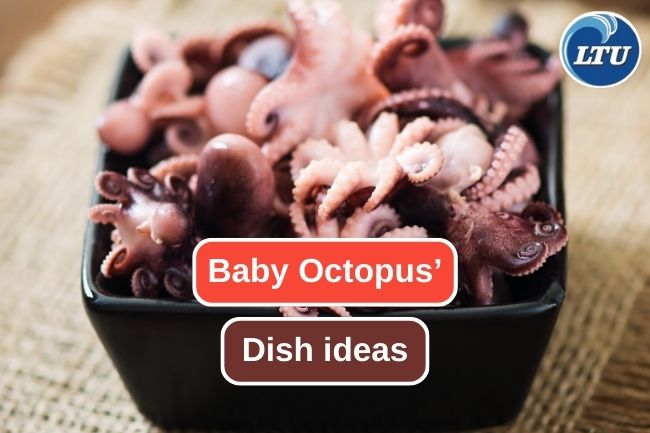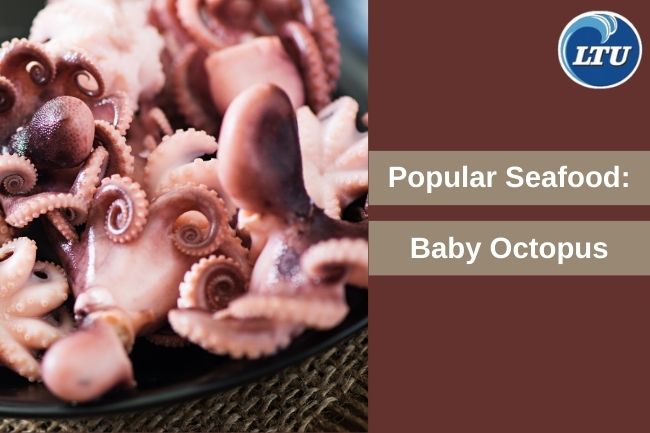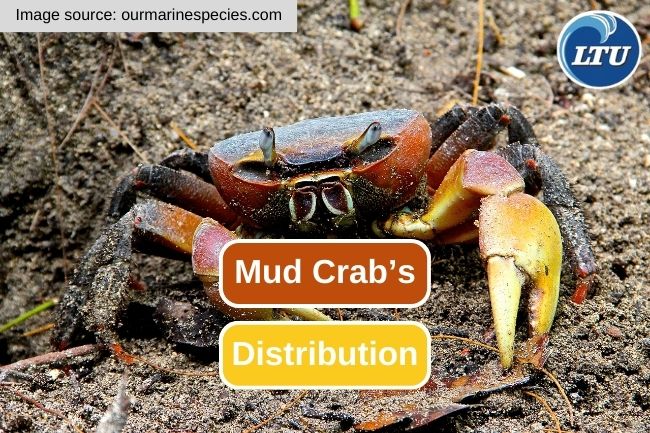Take a Look at Surimi Making Process
By. Nevanda - 04 Jul 2023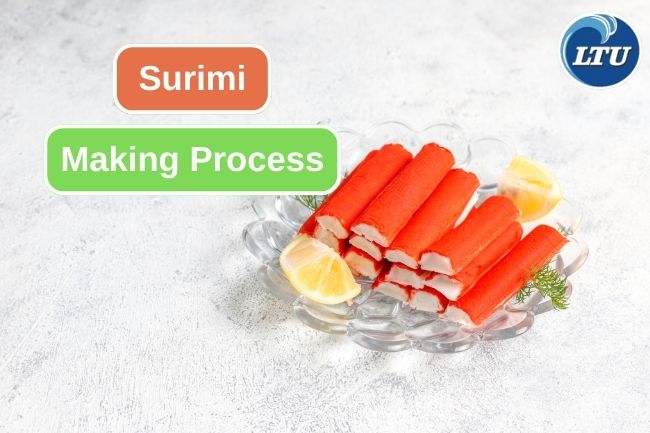
lauttimur.com - Surimi, a widely consumed processed seafood product, undergoes a fascinating and intricate production process that transforms fish meat into versatile and imitation seafood delights. From the careful selection of fish to the meticulous blending of ingredients, the art of creating surimi involves several precise steps. By understanding the surimi making process, one can appreciate the skill and ingenuity behind this popular culinary creation.
Here is a general overview of how surimi is made:
1. Fish Selection
The first step is selecting the appropriate fish for making surimi. Commonly used fish include pollock, hake, cod, and whiting. The fish should have white flesh and be low in oil content.
Read also: 6 Health Benefits You Can Get From Shrimp
2. Fish Preparation
The fish is gutted, and the head, skin, and bones are removed. This leaves behind the fillets or fish meat, which will be used to make the surimi.
3. Filleting
The fish fillets are separated from the remaining bones and cartilage. This can be done manually or using mechanical filleting machines.
4. Deboning
The fillets are then checked for any remaining bones and are deboned. The removal of bones ensures a smoother texture in the final surimi product.
5. Mincing
The deboned fish meat is minced using a grinder or cutter to break it down into small pieces. This mincing process helps to create a fine paste-like texture.
6. Washing
The minced fish meat is thoroughly washed with cold water to remove any impurities, blood, and unwanted flavors. This washing process helps to improve the quality and taste of the surimi.
Read also: 5 Weakness of Drying Methods on Fish Preservation
7. Filtration
After washing, the minced fish meat is passed through screens or filters to remove excess water and further refine the texture.
8. Mixing and Additives
The washed and filtered fish meat is mixed with various additives and ingredients. These may include salt, sugar, starch (usually modified starch), egg white, vegetable oil, flavorings, and stabilizers. The additives help improve the texture, taste, and binding properties of the surimi.
9. Blending
The mixture is blended or processed in mixers to ensure even distribution of the additives and to achieve a smooth, homogeneous consistency.
10. Forming
The surimi mixture is shaped into the desired form, such as sticks, blocks, or flakes, to resemble the texture and appearance of seafood. This can be done using molds or extrusion machines.
11. Cooking
The formed surimi products are typically cooked by steaming, boiling, or microwaving to set the shape and improve the texture.
12. Cooling and Packaging
The cooked surimi products are cooled down, and then they are packaged for distribution and sale. The packaging may involve vacuum sealing, freezing, or refrigeration to extend the shelf life.
Read also: Here Is How To Make Homemade Fish Nugget

